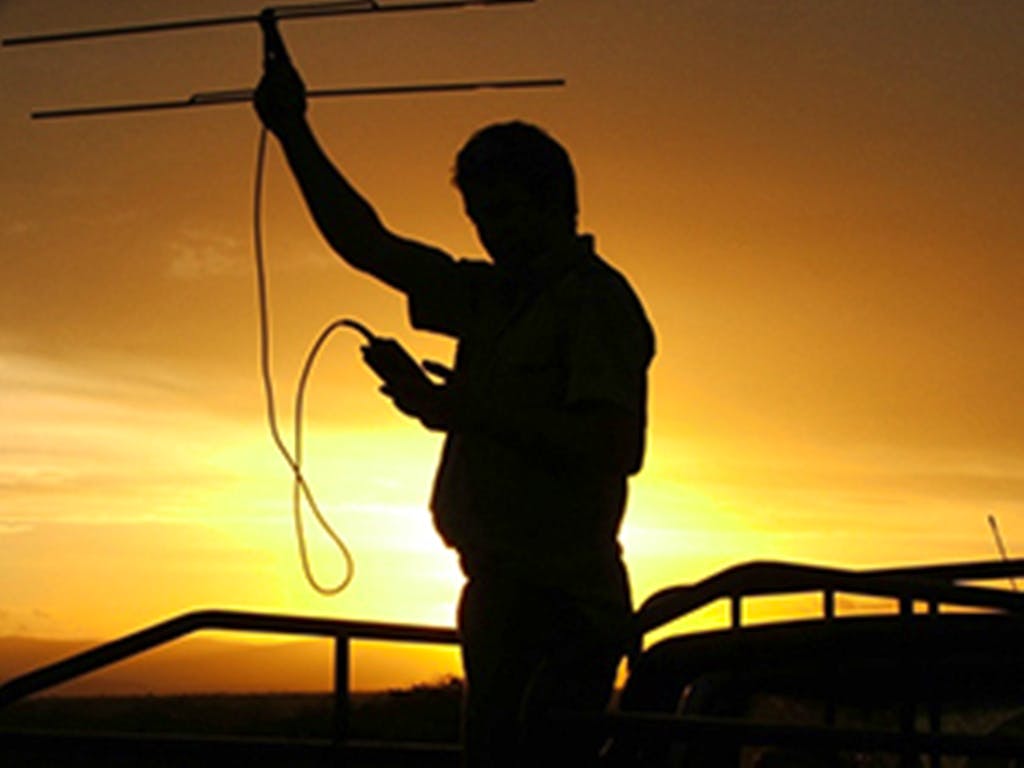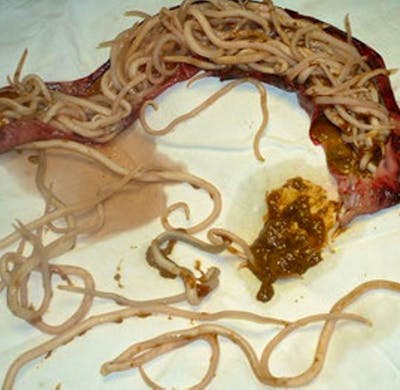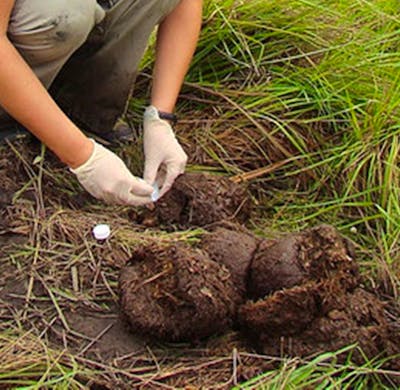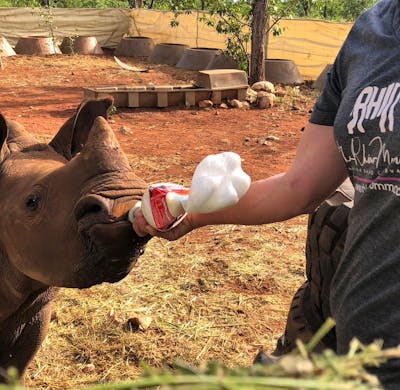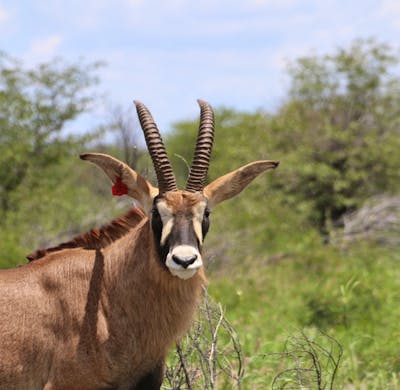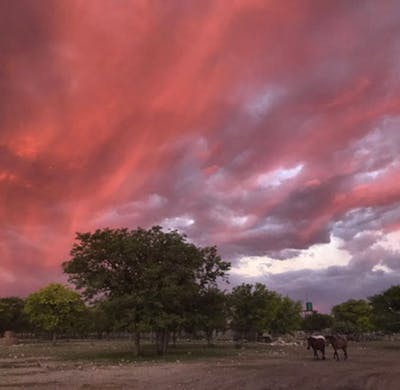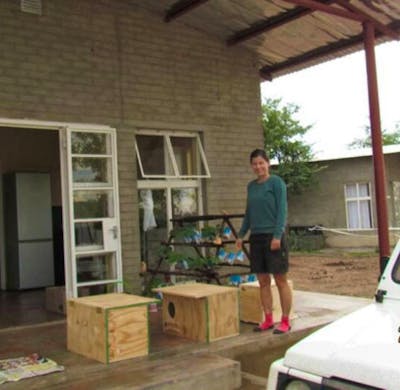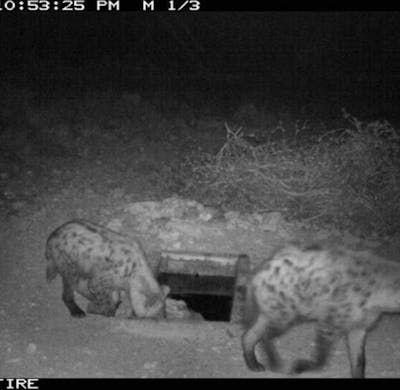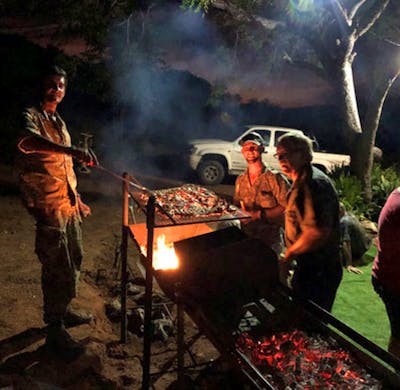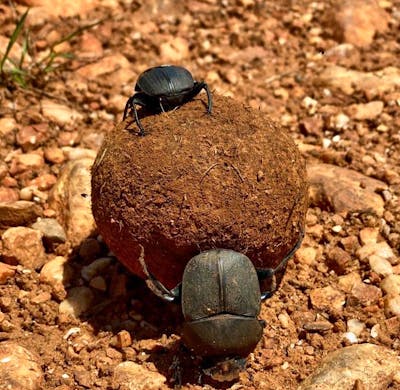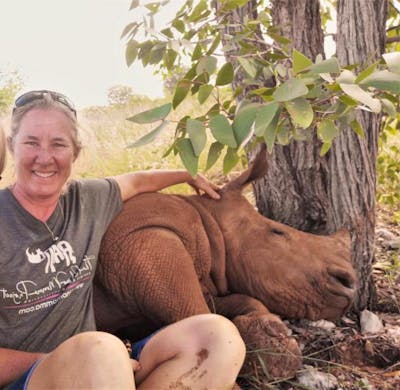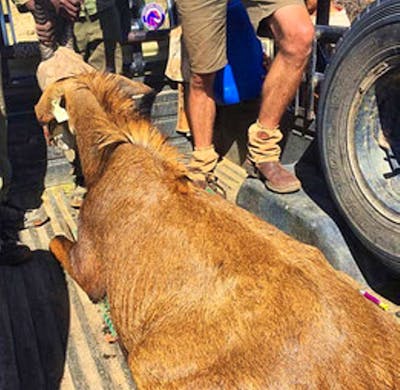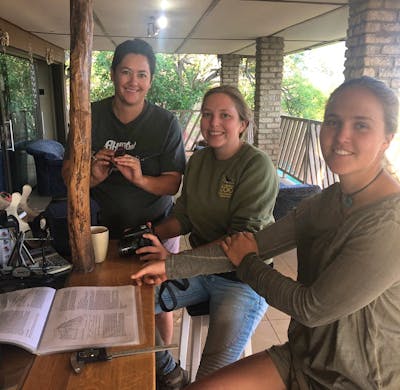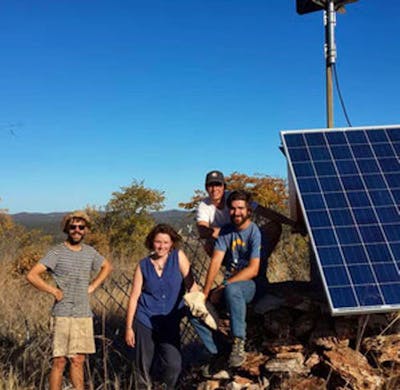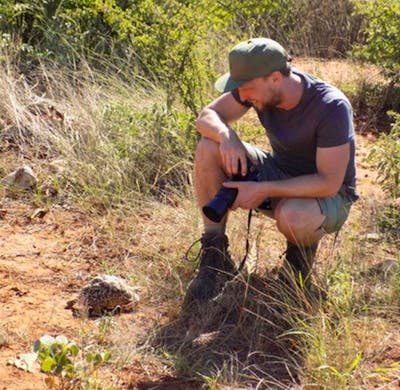Wildlife Conservation Research Internship

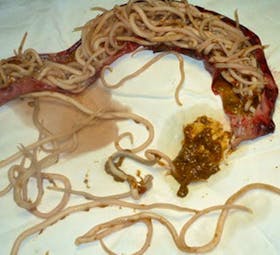
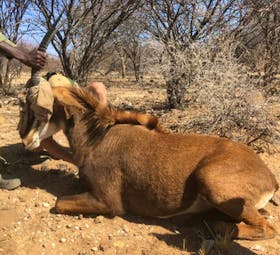
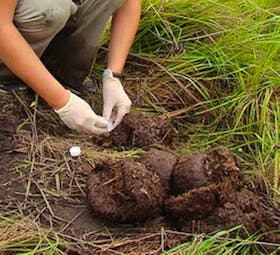
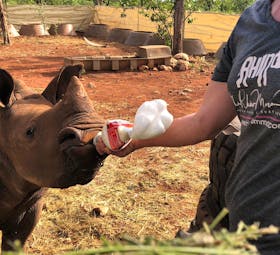
Especially good for
About the program
Wildlife Conservation research Internship, research on various topics or pick your own research topic
COME EXPERIENCE AFRICA AT ITS BEST, WHILE YOUR CONTRIBUTION WILL HELP WITH NAMIBIA'S RHINO CONSERVATION..
Muller Stud is a private game reserve, 32 427 acres, located close to the World-renowned Etosha National Park, Namibia, aiming to convert old cattle farmland to a game reserve, ...
Typical day
Our typical day starts at 07:00 - 17:00 but it all depends on the daily planning and can change. We have a 2 hr lunch break. Time is given for your research project and you will also be involved in other daily tasks on the farm where needed.
Free-time activities
ETOSHA NATIONAL PARK
Etosha National Park is considered as one of of the best game viewing locations in the world. "Etosha" means in Oshivambo "Great White Place" obviously derived from the vast salt pan that constitutes a large portion of the Park's surface area.
The Etosha National Park is one of ...
Requirements
What's Included
What's NOT included?
Details on arrival
All year. Transfers from Outjo to the farm is early morning, before 08:00 am, we advise that you stay over in Outjo the night before, contact details for backpackers/accommodation will be given.
Program fees
Meet your organization

Muller Stud Namibia
Agency - founded in 2014
Verified by Volunteer World
Coordinated by

Amber-Lee
About the project
11 reviews ·  4.9
4.9
Location

You might also be interested in
-
Veterinary Training
African Wild Dog Conservation
Intern Abroad
Leopard Conservation
Rhino Conservation
Volunteer Trips for College Students
Adults
Projects Abroad
Animals in Africa
Best Volunteer Programs
Voluntouring
Big 5
Group Volunteering
Big Cats
Global Volunteer Opportunities
African Wildlife
Couples
Wildlife in Namibia
Mission Trips
Mission Trips to Africa
